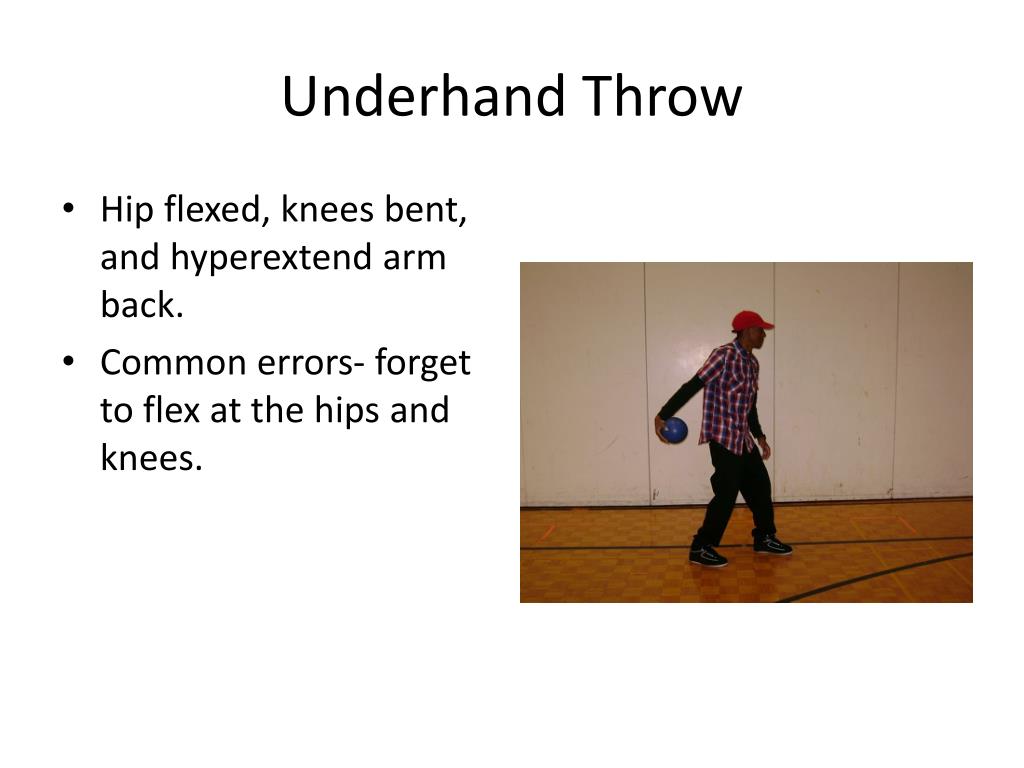


If you’re looking for some more resources, I wanted to let you know about our Throwing and Catching Resource Pack, which is full of everything you need to teach an awesome unit of instruction around throwing and catching skills.Ĭheck out a list of what’s included below: I normally try to work in some throwing practice into the instant activity warmup before each lesson of our throwing unit, below are a few examples Throw 3x, Jog a Lap, AMRAPĪ post shared by Ben Landers get the google slideshows, lesson plans and all the station signs and cues poster visuals I use for my throwing unit in our Throwing Unit Resource Pack, details below: The Throwing and Catching Resource Pack Throwing Lesson Instant Activity Examples One of my favorite game creations from J.D.A fun, high energy and cardio combative game that will reinforce throwing and catching skill.A fun target throwing game played with a cage ball or exercise ball.A fun tag game with a throwing and catching element.Once the kids get the hang of the basics skills for throwing and catching, you can move on to play some fun games and activities!Ī few of my favorite throwing and catching games are linked up below: I also remind them that they should do the Step and Twist at the same time to get the power needed to throw the ball farther. When introducing the overhand throw I always like to make sure kids know when you would want to use an overhand throw instead of an underhand throw. You can check out a quick review of my Throwing Cues with an older class below: However, in the upper grades, I combined the three in one review since they have already been exposed to the underhand throw for a couple of years. Here’s an example of super simple throw and catch stations with Kindergarten. Challenge students to keep one foot on a polyspot when throwing and catchingįor the younger students (K- 1st graders), I go over the underhand throw cues and catching cues at the same time, but don’t discuss overhand throwing yet.Self Toss and catch the ball 8 in a row.Having the same directions makes it much more simple for the young students to understand what to do since they repeat the same thing at every station, but are using a different ball. I’ve always found it really helpful to have kids visualize the skill and go through the motions without the ball before we get into the task or activity, this will increase their chances of performing it correctly once they have a ball in their hand.įor the station activities you see in the video, I have the exact same directions at EVERY SINGLE STATION, and switch up the type of ball to change the station.

Visualization ExerciseĪs you see in the video I do a visualization exercise with my students before we begin. I always take time in discussing these, making sure that everyone is on the same page. If the ball is more likely going under their belly button, their pinkies would be together or in hands down position. If the ball coming towards them is more likely going over their belly button, their thumbs should be together or similar to a hands-up position. I also like to discuss with kids the concept of catching with thumbs together or pinkies together. Swing, Step, Throw (always stepping with opposite foot)Īfter teaching for a while, you’ll see the common errors and can help kids remember to overcome these by going over the most important things like “make sure you are stepping with the OPPOSITE FOOT!” 🙂 Catching Cuesįor catching cues, I always go over the ready position which is hands up and knees bent.The cues poster I created that you see in the video is also included in the Throwing and Catching resource pack at the bottom of this post and also included in our skill cues poster pack.Īs you saw in the video my cues for the underhand throw are: In teaching any skill it’s always best practice to break down the critical features of the skill into cue words that will make it super simple for students to remember the most important components of the skill.


 0 kommentar(er)
0 kommentar(er)
